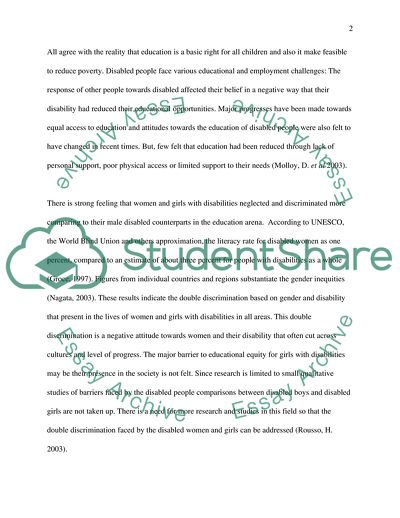Cite this document
(Disability and Education Article Example | Topics and Well Written Essays - 2500 words, n.d.)
Disability and Education Article Example | Topics and Well Written Essays - 2500 words. https://studentshare.org/education/1706228-disability-and-education
Disability and Education Article Example | Topics and Well Written Essays - 2500 words. https://studentshare.org/education/1706228-disability-and-education
(Disability and Education Article Example | Topics and Well Written Essays - 2500 Words)
Disability and Education Article Example | Topics and Well Written Essays - 2500 Words. https://studentshare.org/education/1706228-disability-and-education.
Disability and Education Article Example | Topics and Well Written Essays - 2500 Words. https://studentshare.org/education/1706228-disability-and-education.
“Disability and Education Article Example | Topics and Well Written Essays - 2500 Words”. https://studentshare.org/education/1706228-disability-and-education.


